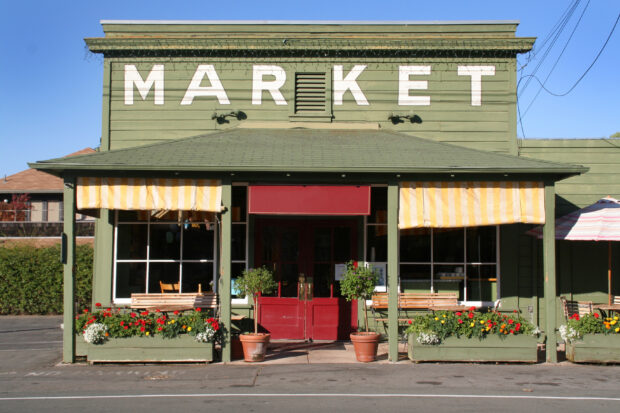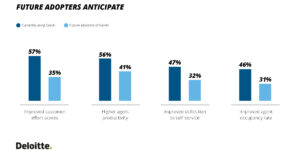
Rapid change is pushing small businesses to be agile, adjusting their products or services to keep up. That means a one-size-fits-all approach to insurance coverage isn’t an option—even in a market as fast-paced as small commercial. Insurers must leverage accurate exposure data and insights throughout the policy life cycle to ensure appropriate coverage and positive customer experiences.
Optimizing these capabilities can position insurers to seize a huge opportunity. More than 5 million new small businesses launched in 2022.[1] But these business owners don’t want to wade through lengthy applications or wait days or even hours for a quote—a customer experience that can cause prospects to look elsewhere.
Today’s market dynamics leave insurers with a conundrum: How to quickly deliver small commercial quotes that meet growth and profitability targets. The answer may lie in automation powered by deep underwriting data and analytics, which can empower insurers to efficiently:
Classify risk. Misclassified businesses can significantly affect direct written premiums in the small commercial market. A Verisk analysis found that these errors drive as much as $6.5 billion in first-year premium leakage.[2] Accurate assignment of North American Industry Classification System and Standard Industrial Classification (NAICS/SIC) codes can drive appropriate risk classification that sets small commercial underwriting on a solid foundation.
Quantify exposure. Understanding a business’s operations is just one part of effectively underwriting a businessowners policy. The size and financial details of the business also heavily influence the level of exposure, which ties directly to premium.
Qualify risk. Undetected operations in an insured business can lead to premium leakage and risks outside the insurer’s appetite. A deep understanding of industry-specific loss exposures can provide a more holistic picture of a business—including potential unknowns.
Making the most of a little information
These crucial underwriting steps can be automated through Verisk’s LightSpeed® Small Commercial, which seamlessly integrates into existing workflows through an API to provide critical information. Quotes can be generated in seconds, starting with just a company’s business name and address.
The LightSpeed platform delivers in multiple ways. Verisk is assigning NAICS/SIC codes more accurately by applying industry-specific data source prioritization logic that product and data science experts continuously audit. Advanced employee, revenue, and payroll models—based on credible data, business-specific insights, more than 20 industry models, and relativity factors—help quantify risk exposure when other sources of this data are unavailable or unreliable.
Meanwhile, text and image analytics sort through unstructured data, including online and social media sources, to instantly identify specific industry exposures and support:
- More targeted risk selection
- Fewer supplemental applications
- Increased straight-through processing
The result can be better end-user experiences that help you keep leads in the sales funnel with fast and reliable quotes.
Download the whitepaper, Automated Underwriting: Winning in the Race to Zero, to learn more about how LightSpeed Small Commercial can help accelerate your journey to profitable growth.
By Phuong Pham, Sr. Product Specialist, Small Commercial Underwriting and Gavin Mills ARM, CPCU, Customer Relationship Manager, Underwriting Solutions
[1] https://www.commerceinstitute.com/new-businesses-started-every-year/
[2] Verisk Analysis




















 Berkshire Wary of “Fashionable’ Cyber Insurance, AI
Berkshire Wary of “Fashionable’ Cyber Insurance, AI  LexisNexis: Loss Costs Rise for All Home Insurance Perils
LexisNexis: Loss Costs Rise for All Home Insurance Perils  Allstate Will Insure California Homes Again, Under One Condition
Allstate Will Insure California Homes Again, Under One Condition  P/C Insurance Execs, Underwriters Out of Sync on Advanced Tech
P/C Insurance Execs, Underwriters Out of Sync on Advanced Tech 



